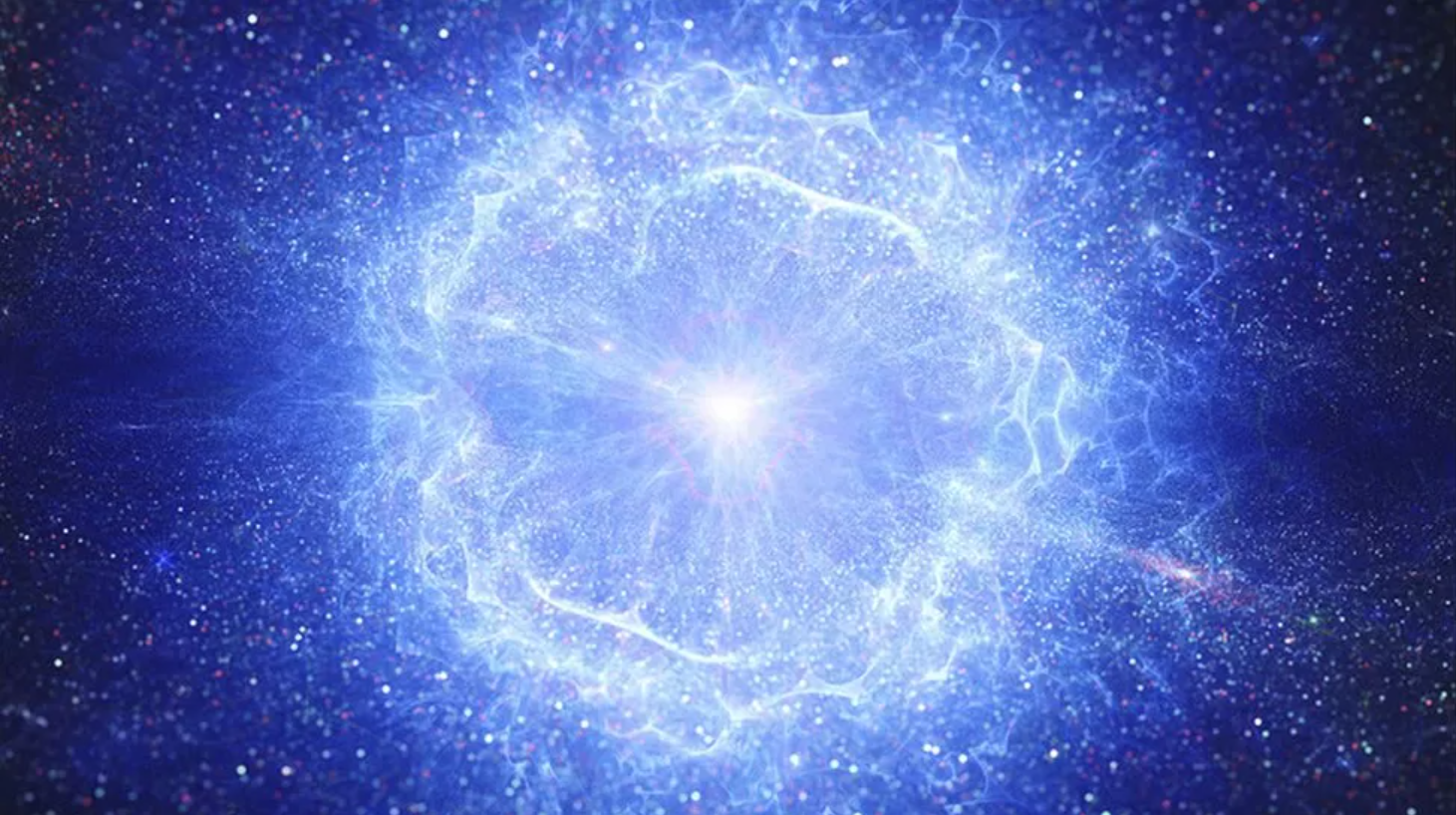Scientists have achieved a significant breakthrough in the study of antimatter, a mysterious substance believed to have been abundant at the beginning of the Universe.
Antimatter is the counterpart of the familiar matter that comprises stars and planets, yet it has become exceptionally rare in the present-day Universe.
Both matter and antimatter were produced in equal quantities during the Big Bang, which gave rise to our Universe.
While matter is prevalent throughout the cosmos, antimatter has become exceedingly challenging to detect and study.
How antimatter responds to gravity: The latest research has revealed that both matter and antimatter respond to gravity in the same manner.
This finding challenges previous expectations that antimatter might exhibit different gravitational behavior, potentially revolutionizing our understanding of fundamental physics.
For years, physicists have been working to uncover the distinctions and similarities between matter and antimatter, aiming to elucidate the origins of the Universe.
The discovery that antimatter responds to gravity by falling downward, just like matter, opens the door to new experiments and theories. Researchers now intend to investigate whether antimatter falls at the same rate as matter.
During the Big Bang, matter and antimatter should have annihilated each other upon contact, leaving behind only energy in the form of light.
The fact that this didn’t occur remains one of the most perplexing mysteries in physics. Understanding the differences between matter and antimatter could hold the key to solving this enigma.
Also Read: NASA Space Capsule Carrying Largest Asteroid Soil Sample Lands In Utah Desert
Dr. Danielle Hodgkinson, a member of the research team at CERN in Switzerland, the world’s largest particle physics laboratory, explained that unraveling why the Universe is dominated by matter is a fundamental question driving their experiments.
Antimatter typically exists for only fleeting moments in the Universe, lasting fractions of a second. To conduct experiments, the CERN team had to create stable and long-lasting antimatter.
Over three decades, Professor Jeffrey Hangst painstakingly developed a facility to construct thousands of antimatter atoms from subatomic particles, trap them, and then observe their response to gravity.
“Antimatter is just the coolest, most mysterious stuff you can imagine,” Professor Hangst remarked.
He also noted that, theoretically, an entire universe similar to ours could be constructed with entities made entirely of antimatter, presenting an inspiring yet fundamental question about the nature and behavior of this substance.




